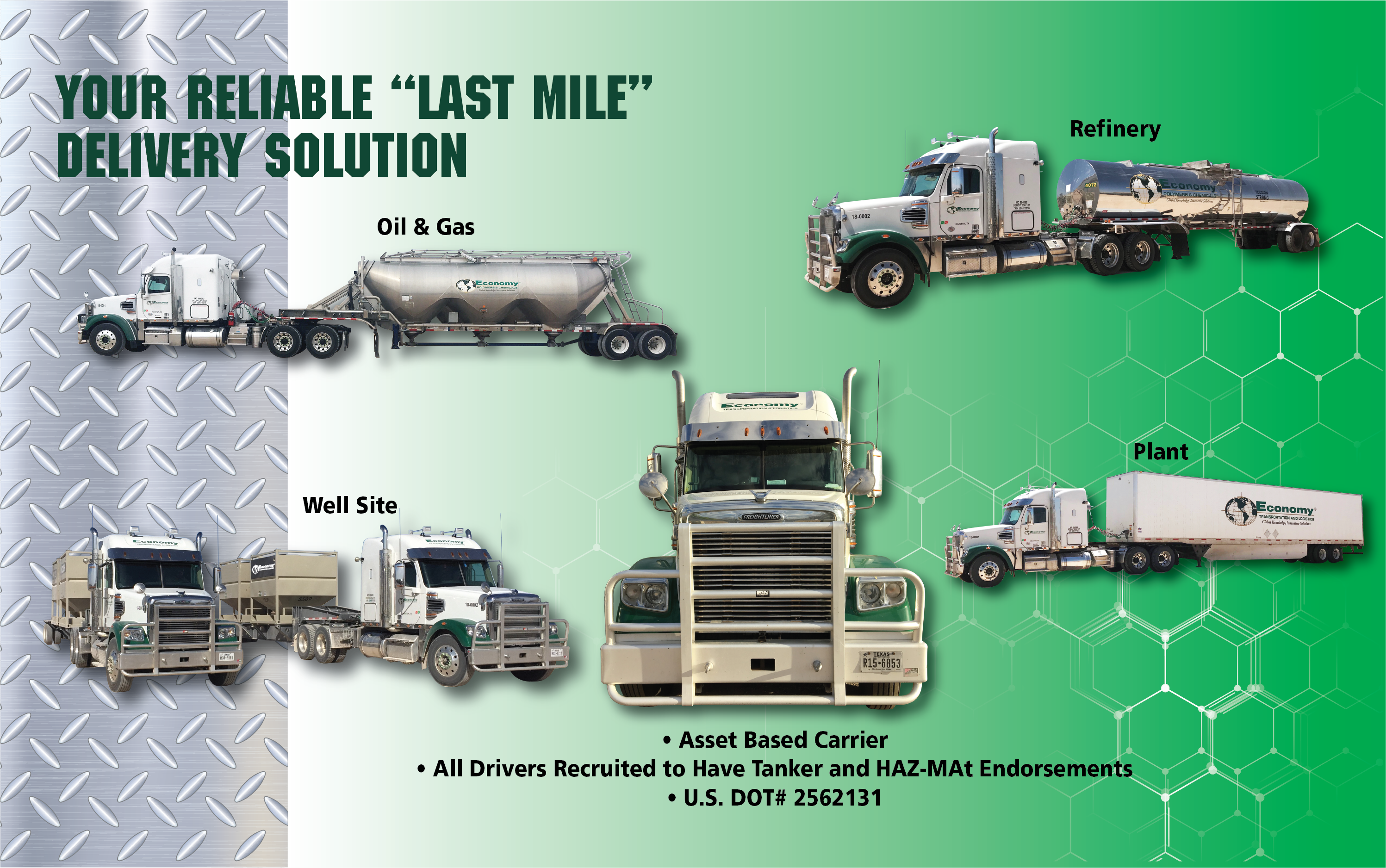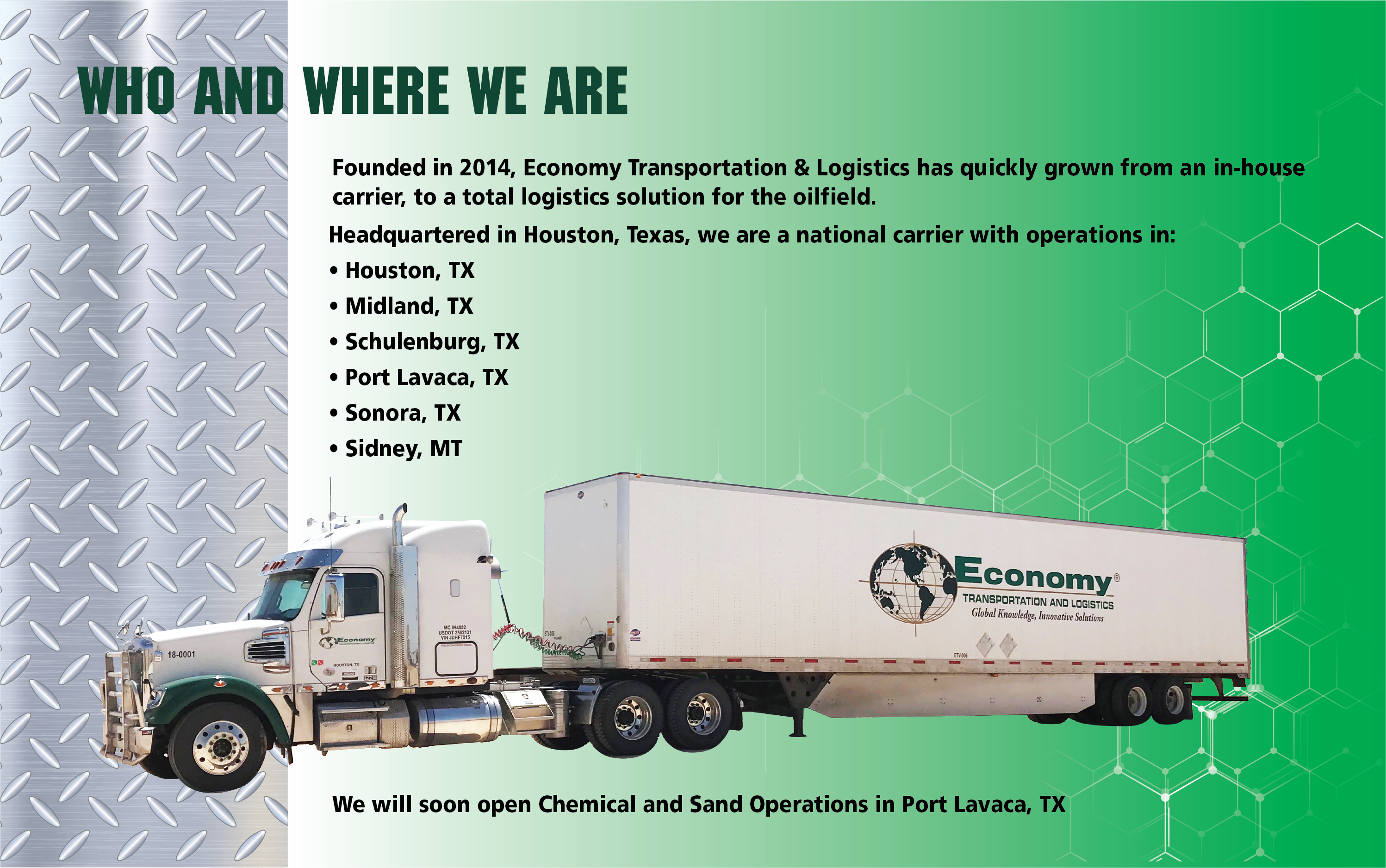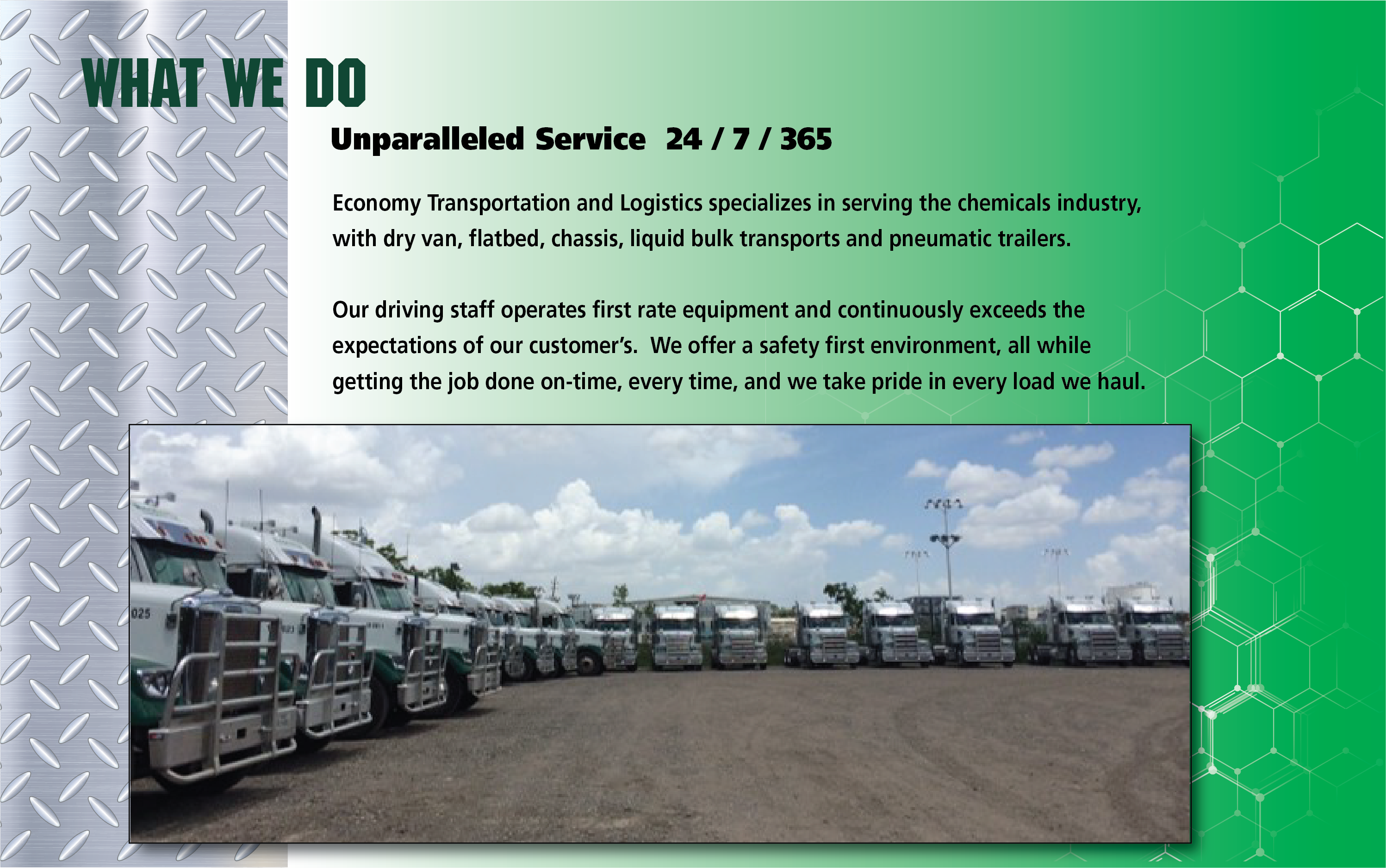Defined Econ Logistics: A Clear Path To Better Business Operations Today
Have you ever felt like your business operations are a bit fuzzy, or maybe not as clear as they could be? You know, like things are happening, but you can't quite put your finger on exactly how they connect or where the real value comes from. It's a common feeling, especially when dealing with how goods move and money flows. Getting a firm grip on these movements is, very, very important for any business that wants to do well and keep growing.
This idea of making things clear, of truly saying what something means, is at the heart of what we call "defined econ logistics." It’s about more than just moving things from one spot to another. It involves understanding the precise meaning of each step, seeing how everything fits together, and knowing the exact outline of your processes. This clarity can help your business save money and serve customers better, too it's almost a necessity.
So, what does it truly mean to have your "econ logistics" defined? It means determining the essential qualities of how your goods move and how money is spent in that process. It means making things definite, distinct, and clear. As a matter of fact, when you define something, you show its outline or profile. This article will help you understand this important idea, offering practical ways to make your own business movements much clearer.
Table of Contents
- Understanding the Basics: What is Defined Econ Logistics?
- Why Clarity Matters Right Now
- How to Make Your Econ Logistics Clear
- Real-World Benefits of a Clear Approach
- Frequently Asked Questions
- Moving Forward with Clear Logistics
Understanding the Basics: What is Defined Econ Logistics?
To really get a handle on "defined econ logistics," it helps to look at the words themselves. We need to say what each part means, you know, just like you would with any word you want to understand deeply. This helps us build a strong picture of the whole idea. Basically, it’s about making sure every part of your business movement is clear and set out.
The Act of Defining
When we talk about "define," we are looking to identify the essential qualities or meaning of something. It's about saying what something is, precisely. For example, if something is clearly defined, its outline is strong and easy to see. This means it is determined, fixed, or clearly marked out as to its extent or form. You can, in a way, see examples of defined used in a sentence to grasp this better.
The act of defining, or of making something definite, distinct, or clear, is a very important step. It helps us to fix or lay down things definitely. It helps us to determine or fix the boundaries of something. Think about how you might define property with stakes; you make its outline clear. This clarity is what we aim for in business operations, too, especially in the movement of goods.
The Heart of Logistics
Logistics, simply put, is about how you get things from one place to another. It covers the movement of goods, information, and even people. It involves planning, carrying out, and controlling the efficient flow and storage of items from where they start to where they are needed. This includes everything from getting raw materials to delivering the final product to a customer, you know, the whole process.
It's not just about trucks and warehouses, though those are part of it. Logistics also looks at how information moves, how money is spent, and how quickly things happen. It’s about making sure the right things are in the right place at the right time, and that the costs are sensible. So, in some respects, it is a very broad area of business activity.
Bringing It All Together: Defined Econ Logistics
When we put "defined" and "econ logistics" together, we are talking about making the economic aspects of your business movements very clear. It means saying precisely what the meaning of your supply chain steps is, especially in terms of money and resources. It’s about explaining and describing the exact costs, the exact timing, and the exact flow of goods and funds. This is a bit like having a very clear map for your business journey.
This approach means that every part of your logistics, from how you buy materials to how you deliver products, has a clear outline. It means you know the boundaries and the extent of each process. This can help you see where money is spent, where it might be saved, and where things could move faster. Honestly, it helps make everything much more predictable and manageable.
Why Clarity Matters Right Now
In today's world, things change quickly. Supply chains can face unexpected challenges, and costs can go up without much warning. This is why having defined econ logistics is more important than ever. When you have a clear picture, you can react faster and make better choices. It’s about knowing your limits and your strengths, you know, like a well-practiced team.
A clear outline of your logistics helps you spot problems before they become big issues. It allows you to see where things might be restricted or limited. This precision helps you manage resources better and keep your customers happy. It’s really about having a strong handle on your business's movement, especially with all the changes happening globally.
Current Supply Chain Situations
The past few years have shown us just how fragile global supply chains can be. Things like unexpected events or shifts in demand can cause big problems. When your econ logistics are clearly defined, you can see how these outside events might affect your operations. You can then make plans to deal with them, or even find new ways to get things done. This is a very practical benefit.
Having a clear outline helps you understand your specific risks. You can identify which parts of your supply chain are most vulnerable. This allows you to build a more resilient system, one that can handle bumps in the road. It’s like having a detailed blueprint for your house; you know exactly where the strong points are and where you might need to add support, you know, for better stability.
The Money Side of Things
Every step in logistics has a cost. From storing goods to moving them across the country, money is involved. When your econ logistics are defined, you can see these costs clearly. You can identify where money is being spent efficiently and where it might be wasted. This understanding is key to keeping your business healthy and profitable, as a matter of fact.
By defining these financial aspects, you can find ways to reduce spending without hurting your service. You might find better routes, more efficient ways to store things, or even better ways to manage your inventory. This clear picture helps you make smarter money choices. It’s about making every dollar work harder for your business, you know, getting more bang for your buck.
How to Make Your Econ Logistics Clear
Making your econ logistics defined is a process, not a one-time task. It involves looking closely at what you do and putting clear names to each part. It’s about taking something that might feel broad and making it specific, limited, and measurable. Here are some steps to help you get started, honestly, they are pretty straightforward.
Step One: Map Your Current Flow
First, you need to understand how things work right now. Draw out your current logistics process from start to finish. This means identifying every step: where materials come from, how they are stored, how they are made into products, and how those products get to your customers. Think about all the movements and decisions involved, you know, every single detail.
For each step, ask yourself: What is happening here? Who is involved? What resources are used? What does it cost? This mapping helps you see the current outline of your operations. It’s about stating the precise meaning of each action, even if it feels small. This initial mapping is very important for setting a baseline.
Step Two: Set Your Boundaries
Once you have your map, you can start to define the boundaries of each part. This means making each step definite and distinct. For example, you might define the exact start and end points of your receiving process, or the precise moment when a product moves from production to storage. This is about making things clearly marked out. You are, in a way, fixing the extent of each activity.
This also means defining roles and responsibilities. Who is accountable for what? What are the specific outcomes expected from each stage? When you fix or lay down these things definitely, you create a system where everyone knows their part. This helps to make clear the outline or form of your entire operation, you know, like a clear drawing.
Step Three: Make It Measurable
To truly have defined econ logistics, you need to be able to measure how well things are working. This means setting specific goals and ways to track progress for each defined step. For example, how long should it take to process an order? What is the average cost of shipping a single item? These are measured aspects, you know, like taking a precise reading.
When you have clear measures, you can see if your processes are working as they should. If something is off, you can go back to your defined steps and see where the problem lies. This helps you to continuously improve. It’s about having a finite, definite, and specific way to track success. This makes your efforts very concrete.
Real-World Benefits of a Clear Approach
When your econ logistics are clearly defined, your business can enjoy many good things. For one, you will likely see a drop in wasted resources. This means less money spent on things that don't add value. You might find that your teams work together better because everyone knows their part. This leads to a smoother operation overall, you know, like a well-oiled machine.
Customers often get their products faster and with fewer mistakes. This makes them happier and more likely to come back. Your business can also react more quickly to changes in the market or unexpected events. This ability to adapt is very important for staying strong in today's business world. It’s about having a restricted, limited, but very effective system.
Furthermore, having defined econ logistics makes it easier to grow your business. When your processes are clear, you can add new products or expand into new areas with less trouble. You can also train new staff more quickly because the steps are already clearly laid out. This helps your business scale up without losing control, you know, like building on a strong foundation.
For more insights into making your supply chain more efficient, you might want to look at general principles of supply chain management. For example, you could explore resources on supply chain best practices to see how others achieve clarity in their operations. This can give you even more ideas, really.
Frequently Asked Questions
What is the main purpose of defining logistics?
The main purpose is to make the entire process of moving goods and resources very clear and specific. It helps to determine the essential qualities of each step, so you can see its outline and boundaries. This clarity helps reduce waste and improve how things work, you know, making everything more definite.
How does "econ" relate to defined logistics?
"Econ" here points to the economic side of things, meaning the costs and financial aspects. So, "defined econ logistics" is about making the money flows and resource use in your logistics very precise. It helps you see where money is spent and where you can save, you know, making the financial picture clear.
Can small businesses benefit from defined econ logistics?
Absolutely, small businesses can benefit a lot. Even if your operations are smaller, having clear, defined processes helps you save money and serve customers better. It makes your business more efficient and ready for growth, you know, giving you a strong base to build upon. It's not just for big companies, as a matter of fact.
Moving Forward with Clear Logistics
Making your econ logistics defined is a powerful step for any business. It helps you say what the meaning of your operations is, making them distinct and clear. By determining the essential qualities of your movements and expenses, you gain a strong advantage. This clear picture helps you save money, serve customers well, and be ready for whatever comes next, you know, like having a very precise plan.
So, take the time to look at your own business movements. Start to define each part, making its outline clear. This effort will pay off in many ways, leading to a more efficient and successful future. You can learn more about business operations on our site, and link to this page for more on logistics efficiency.
- Benny Blanco Happy Gilmore
- %D0%B4%D0%B8%D0%B0%D0%BD%D0%B4%D1%80%D0%B0 %D0%BB%D1%83%D0%BA%D0%B5%D1%80

Economy Transportation & Logistics

Who – Economy Transportation & Logistics

What – Economy Transportation & Logistics